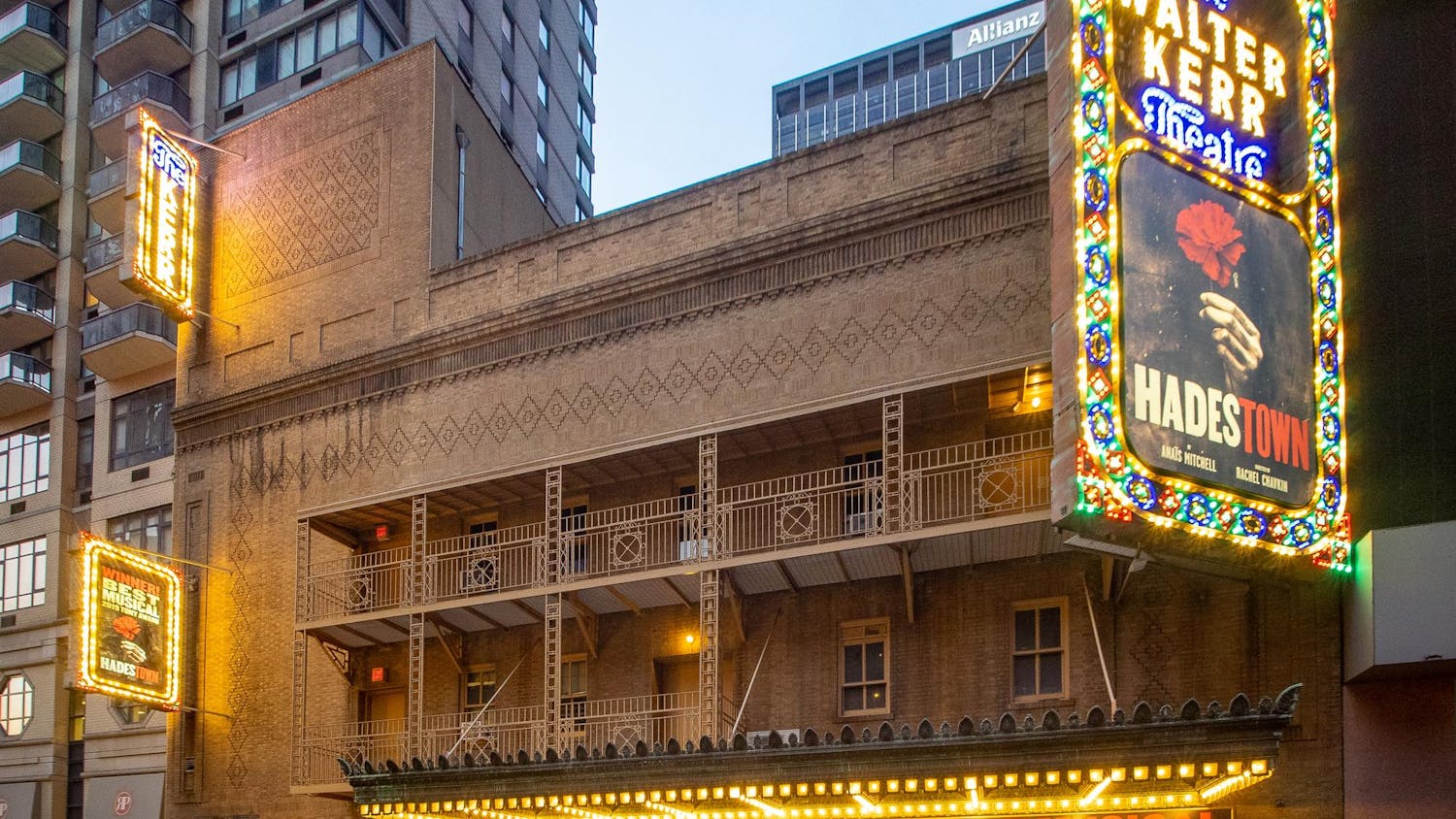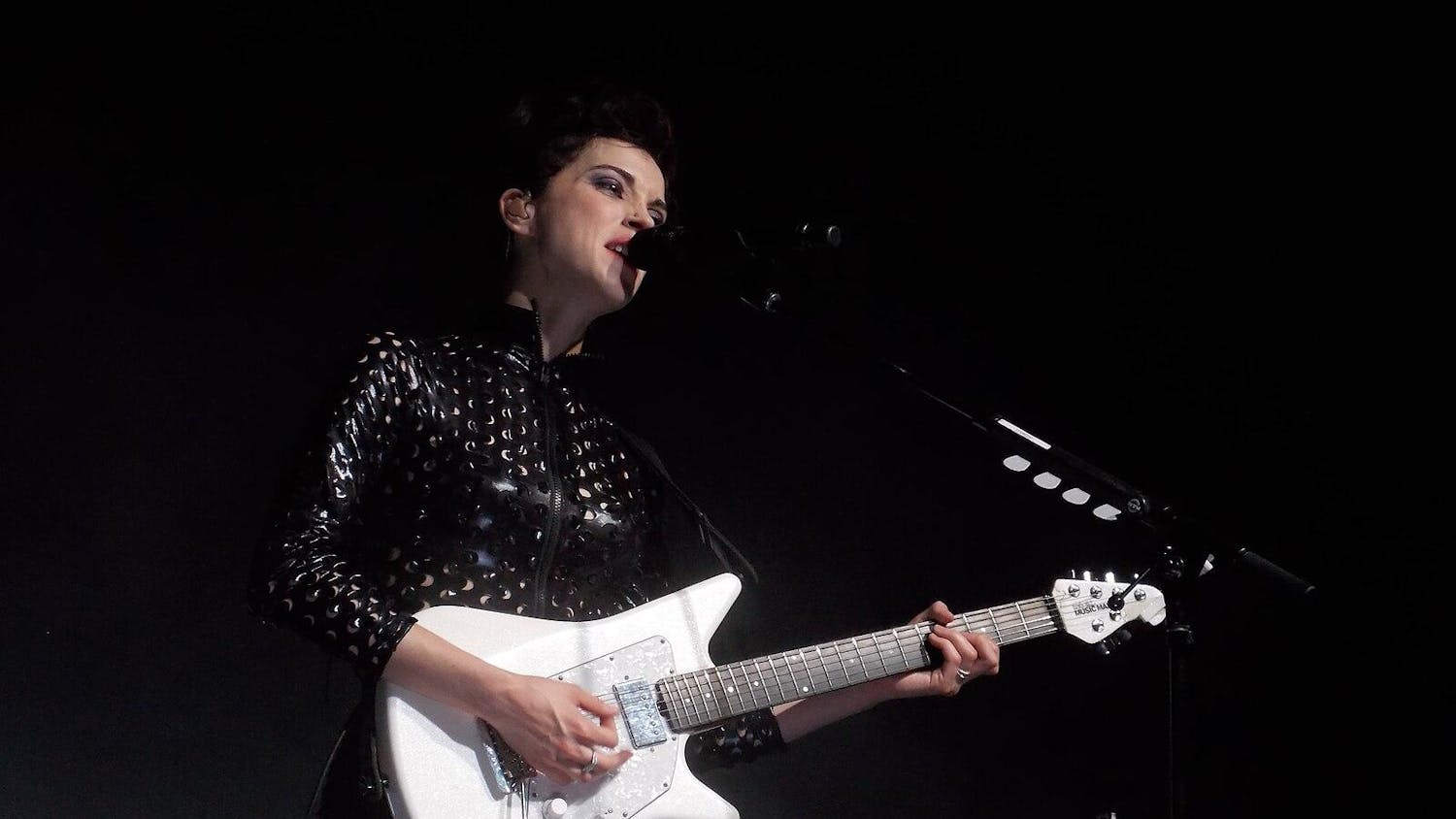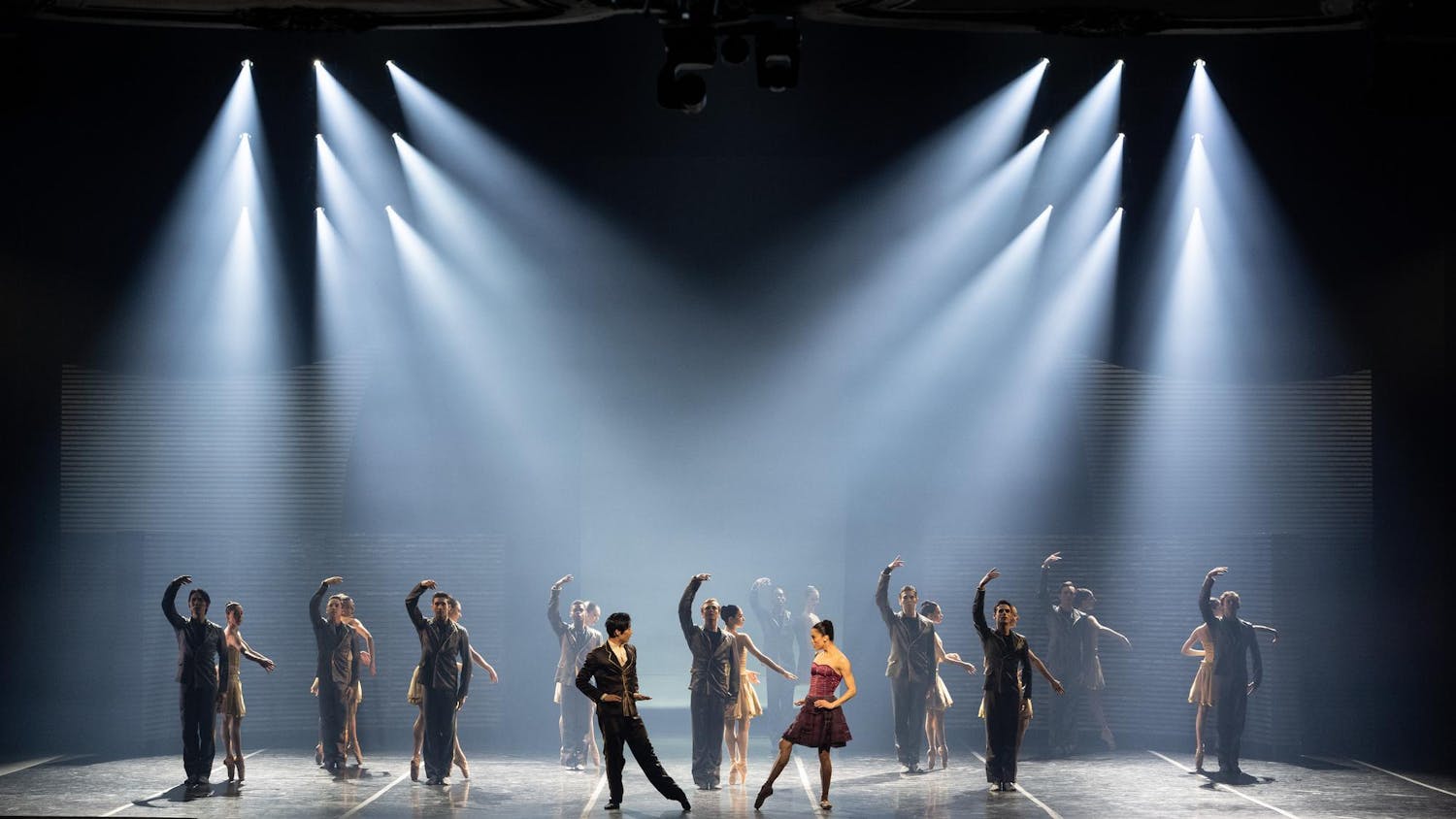The further we creep into the frigid winter of Massachusetts, the more I dread the threat of a blizzard. Each gust … whoops, I was writing in prose again. Sorry to get spooky — I guess this week’s comic, “Batman: The Doom that Came to Gotham” (2000–2001) by Mike Mignola, has me attempting a chilling monologue. I promise never to do that again.
“Batman: The Doom that Came to Gotham” is an “Elseworlds” story, DC Comics' way of telling stories with everyone’s favorite characters in weird and fantastic settings. In this case, Mignola has reimagined Batman as an early 20th century pulp adventure. The catch? His enemy is a dark, eldritch force called “Iog-Sotha." Yes, that’s correct, this story is Batman meets cosmic horror, fighting cosmic beings well beyond the scale of any threat Batman has ever faced before. This may seem surprising until you realize that Mike Mignola is the creator and central visionary behind "Hellboy Universe," and as much as it pains me to say so, I think he outdoes his creator-owned work with "The Doom that Came to Gotham."
Mignola is clearly having a blast playing with everything in Batman’s world, tweaking practically his entire supporting cast and paying homage to countless other heros and villains. Take "Green Arrow," for instance, who becomes as a templar bent on hunting Iog-Sotha and his followers for the holy crusade. It’s a disgusting book at times, with characters bodies rending and morphing into unspeakable horrors. Harvey Dent, aka Two-Face, doesn't just get his face melted off, but instead half of his body is turned into a gateway between earth and the alien realm that Iog-Sotha calls home. The artist of this title, Troy Nixey, really does a stellar job, using shadows and shading to such great effect that even the scenes in broad daylight are tinged with the same pervasive darkness that hangs over Gotham.
What we have here, folks, is a rare opportunity to see a character get forced out of their own genre. What makes this interpretation of Batman interesting, though, is the fact that everything is supposed to feel very alien, yet foreknowledge of the characters and setting makes it familiar. It feels much like a bad dream, with people and places we know suffering horrible fates. The book almost pokes fun at our discomfort here, referring to the realm as “Inside Harvey Dent." One dark joke sums up the wonderful discomfort that comes from the dark reflection of Batman here, almost as though Mignola is replying to the bat-fans crying foul with a simple, “I know, right?”
“Batman: The Doom that Came to Gotham” is a great read for just about anyone. Horror fans will delight at its twisted visuals, while Batman aficionados will love the numerous in-jokes and references. Mignola staged a tale of alien gods and frightful monsters on the all too familiar setting of Gotham City that keeps the reader in gleeful dread over what could be lurking on the very next page.
More from The Tufts Daily





